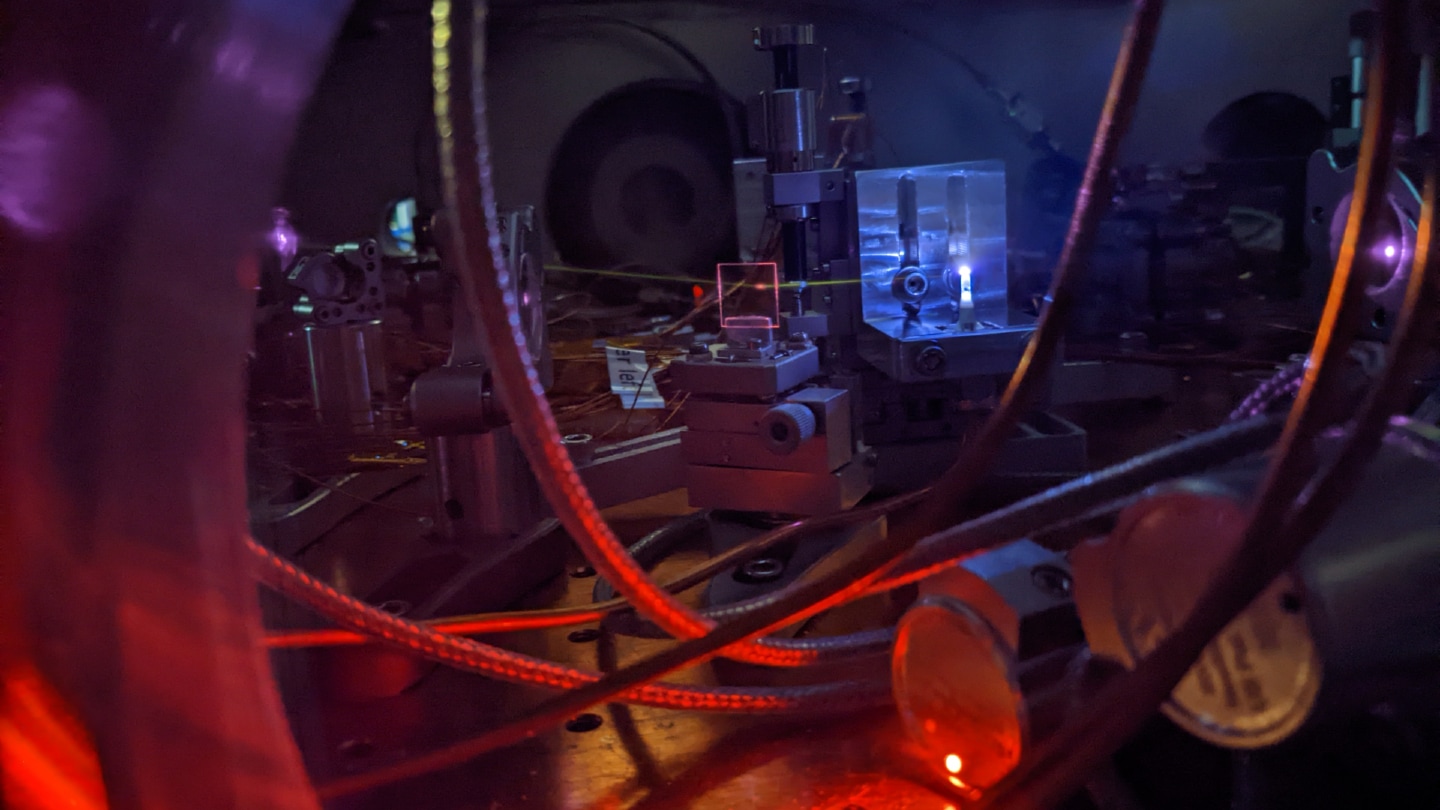Every year, scientists break new ground in their quest to understand life and the mysteries of the cosmos. Here are eight milestones in 2024 that caught our attention
Reading the mind of a fruit fly
The first complete map of a fruit fly’s brain details all 139,255 nerve cells and the 54.5 million connections between them. It is the largest brain map made of any animal, even though the brain of a fruit fly is the size of a poppy seed (SN: 11/2/24, p. 32). The map can lead to a deeper understanding of how information flows in the brain.
Nuclear timing
Scientific watchmakers debuted the world’s first prototype nuclear watch. Nuclear clocks would base time on the fluctuating energy levels in atomic nuclei. Although the prototype is not a fully functional timepiece, its development showed scientists the exact frequency of light required to set up fluctuations in the energy levels of atomic nuclei (SN: 10/5/24, p. 7). Nuclear clocks can help scientists explore fundamental physics—an area of science brimming with potential discoveries.

Protection of pandas
Giant panda biology took a big step forward this year: for the first time, researchers transformed the bear’s skin cells into stem cells that can blend into any other type of cell in the body (SN: 19.10.24, p. 10). Being able to take skin cells and end up with, say, the precursors of sperm and egg cells, gives the giant pandas protection from extinction, boosting reproduction and expanding the bear’s tiny gene pool.

New nitrogen plant
A eukaryote has joined some bacteria and archaea in the nitrogen-fixing club. A type of seaweed has an internal factory that transforms nitrogen into ammonia, a biologically usable form (SN: 4/11/24). The plant probably began as a separate life form that entered into a symbiotic relationship with the eukaryote. Over the millennia, the two may have become so intertwined that they have become one organism.

Ultra rare breakdown
By striking protons at a fixed target, physicists witnessed a predicted but never-before-confirmed form of particle decay (SN: 19.10.24, p. 16). The collision produced subatomic particles called kaons. Those kaons decayed into an unusual combination of three other types of particles at a rate of about 13 in 100 billion times. Continued investigations into the decay may help uncover new physics.

Recycling dead weight
of Cyathea rojasiana the tree fern is the first known plant to turn its dead leaves into roots (SN: 24.2.24, p. 5). The leaves grow roots, which the fern can use to forage for nutrients in the Panamanian forest soil. Researchers now want to understand how roots absorb nutrients.

The wake of the black hole
In a sleepy galaxy not far away, a supermassive black hole appears to be gradually waking up, giving astrophysicists their first glimpse of a black hole going from dim and quiet to bright and active (SN: 7/13/24 & 7/27/24, p. 7). When supermassive black holes consume material such as stars, they usually only shine for a few days to weeks. But fortunately for scientists, this black hole has remained bright for years. While researchers aren’t entirely sure why the black hole continues to glow, they are watching the situation closely and hope to glean some insight into how black holes grow.

Quantum physics versus the speed of the Earth
The Earth’s spin rate is well established, but scientists measured it in a new way, using entangled quantum particles (SN: 7/14/24 & 7/28/24, p. 5). The theories of quantum physics and gravity are largely incompatible, so it’s worth noting that the experiment’s measurements matched the known speed of Earth’s rotation. Physicists hope the experiment will open the door to further research into demystifying how gravity and quantum physics interact.

#top #science #breakthroughs
Image Source : www.sciencenews.org